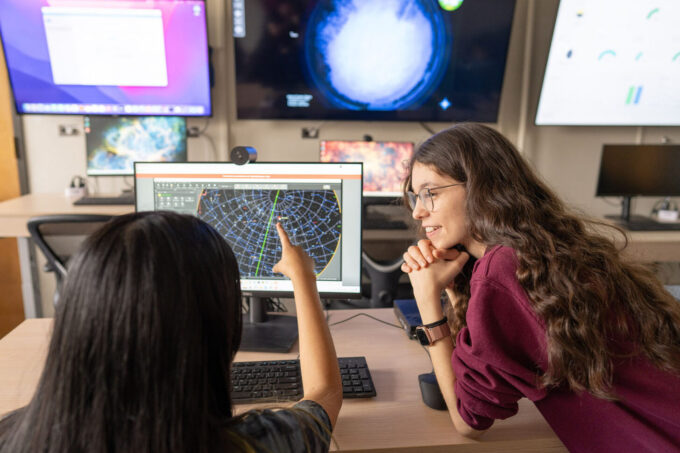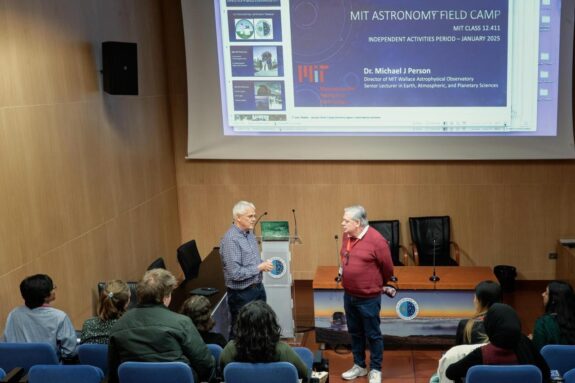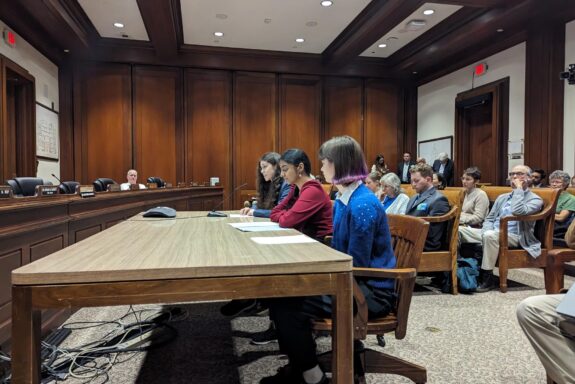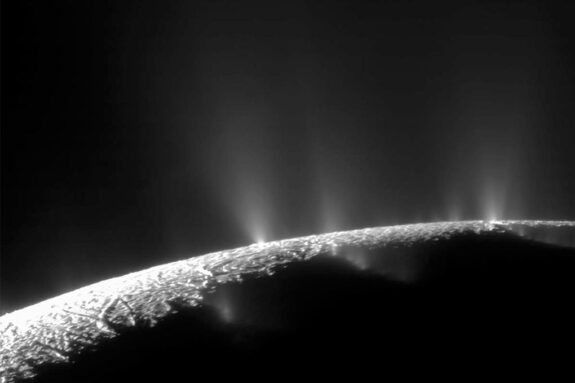New student optical “astronomy hub” ready for remote observations

While telescopes at MIT’s Wallace Astrophysical Observatory may physically be in Westford, MA, students can now make observations without ever leaving Cambridge using the new remote astronomy lab housed in Building 54. Credit: Mel Musto
MIT Students doing astronomy research can now collect data from the comfort of campus. The new student-run remote observation lab, located on the 5th floor of Building 54, provides students with remote access to five telescopes at the MIT Wallace Astrophysical Observatory (WAO), with plans to add a sixth telescope as well. It also streams live weather and sky conditions for students to monitor conditions throughout the day and night.
With a designated, modern space that brings together students across the departments of Earth, Atmospheric, and Planetary Sciences (EAPS) and Physics, as well as the MIT Kavli Institute (MKI), Wallace Observatory manager Tim Brothers hopes that the space will become an “astronomy hub” for undergraduate students at MIT.
“We want this space to be accessible to anyone who wants to do astronomy,” he says. The lab was designed with accessibility in mind, ensuring there is ample room to navigate and featuring height-adjustable desks. It is also more than just a working lab: with a couch, conference table, coffee, and hot water, it’s a place for students to congregate and build a sense of community.
“Finding astro-specific community at MIT feels like a very small niche,” says Erin Cusson, an undergraduate in physics, who has been involved with WAO since she was a first-year student. “Having something like this feels like a way to solidify astro is here and we’re real.”
In addition to remote control of the telescopes, the space is equipped with a high-powered computer for intensive data analysis and a new server system that enables students to access their data in minutes, as opposed to the previous system, which updated only once every 24 hours. Students can monitor conditions and adapt as necessary throughout the night without having to commit to the hour or more drive to get to the observatory, which is in Westford, MA.
“Compared to the way that room used to be, it feels so important and official,” says Cusson. “It feels like you’re a real scientist in a science space.”
These improvements—made possible by the d’Arbeloff Fund for Excellence in Education, EAPS, Physics, and MKI—supports the class 12.410 Remote Observing, as well as multiple projects currently being done through the MIT Undergraduate Research Opportunities Program (UROP). One current UROP project studies asteroids, mapping size and spin rates of various targets and compiling data that can be used to print 3D models (there are plans to hang copies of ones they’ve observed from the ceiling in the new space). Other student projects assist with exoplanet research being done by MIT labs, such as those led by EAPS professors Julien de Wit and Sara Seager, along with MKI. For example, students working on MKI’s Transiting Exoplanet Survey Satellite (TESS) will locate potential exoplanet targets and pass them along to WAO for follow-up observations.
“I’m excited to see how it will progress and the community that will develop around it,” says Cusson. “This is a great first step for having Wallace be a bigger part of MIT.”


